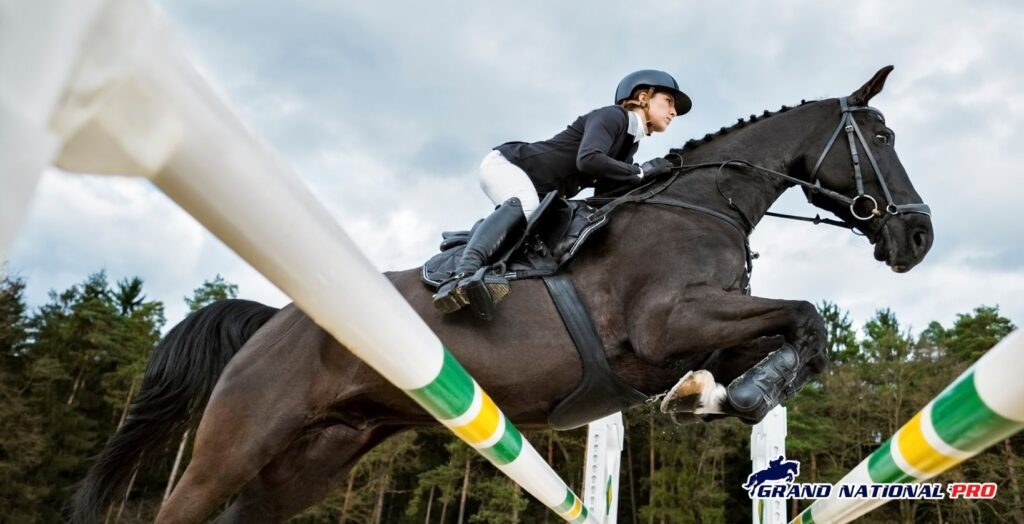When the once-vibrant Newbury racecourse hosted the Long Distance Hurdle with a slim lineup of just four contenders, the racing world took notice. Dan Skelton, a seasoned trainer with a keen eye for industry trends, boldly addressed the elephant in the room. “We can’t just magic horses out of nowhere,” he remarked, pointing to the dwindling pool of top-tier jump racing horses.
Skelton’s assertion was more than just a passing comment; it reflected a sentiment echoed throughout racing circles. According to him, the field of quality horses is not what it once was. The question remains, how accurate is this concern, and what does it mean for the future of the sport?
The Evidence of Decline
There’s a nostalgia tied to the days when more horses thundered down the tracks, each pumping adrenaline into the veins of the sport. Hesitant as we might be to admit it, the cold, hard figures don’t lie. Race fields seem leaner, compelling us to ponder if we are indeed facing a drought of equine talent.
Bringing numbers to life is essential to understanding the true state of affairs. Reports suggest a shrinking pool of top horses entering the competitive arena, with fewer young prospects stepping into the shoes of past champions.
Impact on Jump Racing
The implications are profound. Fewer horses not only translate to smaller race fields but also lead to less competitive events. Racing thrives on the thrill of uncertainty, where each horse vying for the lead turns the field into a battleground of possibilities.
This change reverberates through the sport, impacting audience engagement and wagering revenues, potentially deterring new owners from investing in the talent that fuels jump racing.
Exploring the Causes
Why the drop in numbers? A multitude of factors could be contributing. Breeding challenges, economic shifts, and even evolving training practices all play their part. Enthusiasts and specialists alike have theories, each eager to pin the cause on a different component in the intricate machine driving this sport.
Skelton’s insights go beyond mere observation, touching on the root concerns of stallion selection and breeding strategy as vital forces in shaping future generations of racers.
Path Forward for the Industry
Understanding the issue is just one piece of the puzzle; addressing it requires action. Conversations at tracks and training centers have already turned to solutions. Raising awareness among stakeholders about breeding diversity and strategic investments in young stock top the list of priorities.
As Skelton and his peers advocate for change, the focus remains on preserving the sport’s grandeur for future generations and maintaining the sharp edge of competition that makes horse racing such a beloved tradition.
A Call to Action
The journey to revitalizing jump racing begins with awareness and action across all levels of the industry. Breeders, trainers, and race organizers are encouraged to evaluate and refine strategies to nurture the next wave of equine stars.
While the numbers might currently point towards a leaner future, the spirit of racing holds an undeniable resilience, ready to adapt and flourish with the right cultivation and care.


